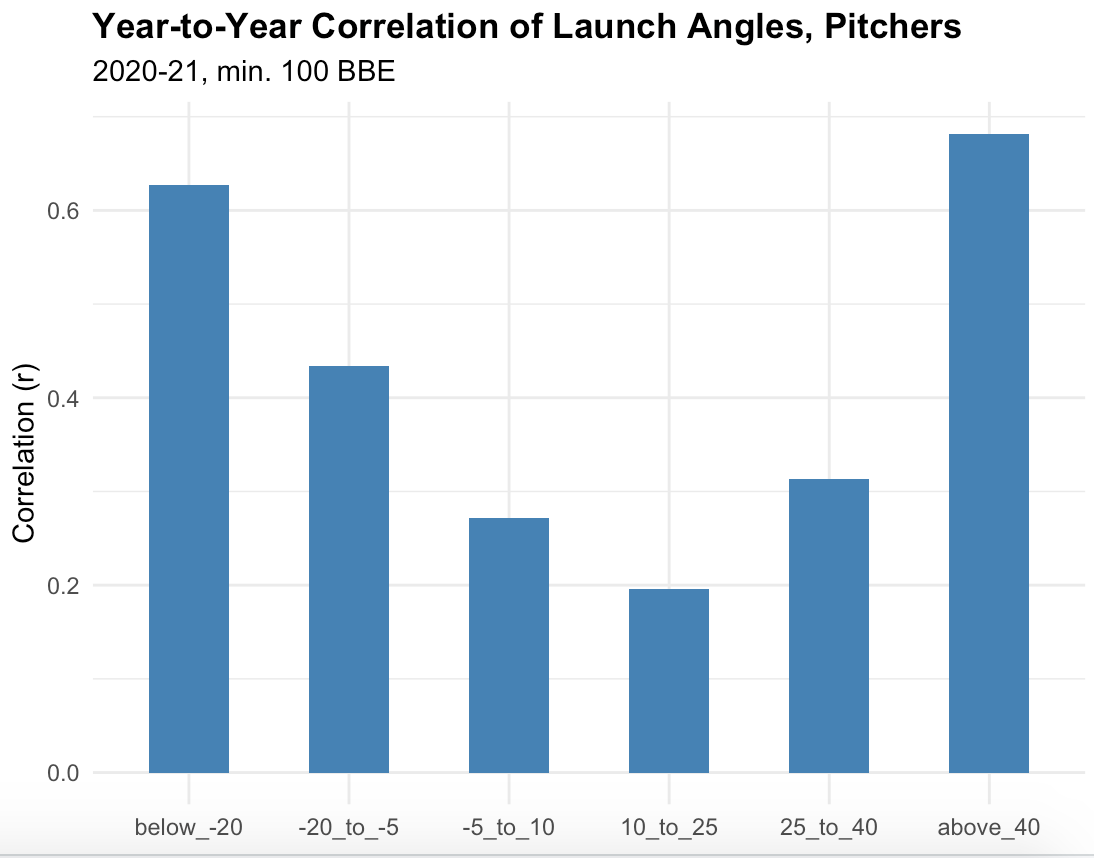Ranking the Prospects Traded During the 2021 Deadline
What a ride this year’s deadline was. All told, we had 75 prospects move in the last month. They are ranked below, with brief scouting reports written by me and Kevin Goldstein. Most of the deals these prospects were a part of were analyzed at length on this site. An index of those pieces can be found here, or by clicking the hyperlink in the “Trade” column below. I’ve moved all of the players listed here to their new orgs over on The Board, so you can click through to see where they rank among their new teammates. Our farm rankings, which now update live, also reflect these changes, so you can see where teams’ systems stack up post-deadline.
A couple of quick notes before I get to the rankings. We’ve included a few post-prospect players here (those marked in blue) so you can get an idea of where we value them now as opposed to where we had them at their prospect peak. Those players, as well as the Compensatory pick the Rockies will receive after they extend Trevor Story a qualifying offer and he signs elsewhere, are highlighted below. We had closer to 40 prospects (and 23 Players to be Named Later) traded last year, with the PTBNL number inflated by 2020’s COVID-related transaction rules. The backfields are not well-represented here, with just four prospects who have yet to play in full-season ball. Two of those are currently in the DSL and have no official domestic pro experience, though Alberto Ciprian has played stateside for instructs/extended spring training. Now on to the rankings. Read the rest of this entry »

